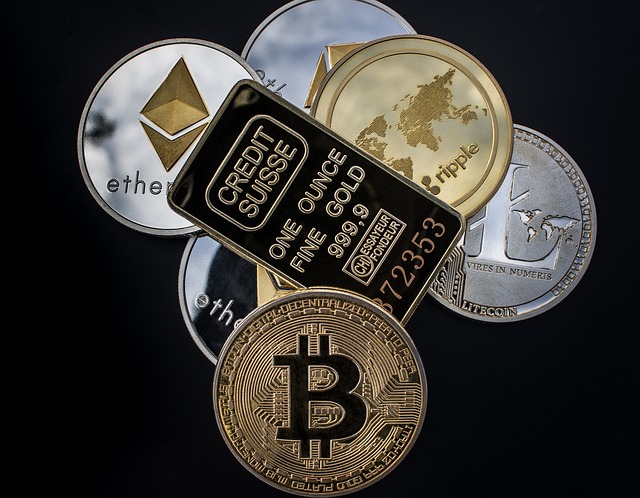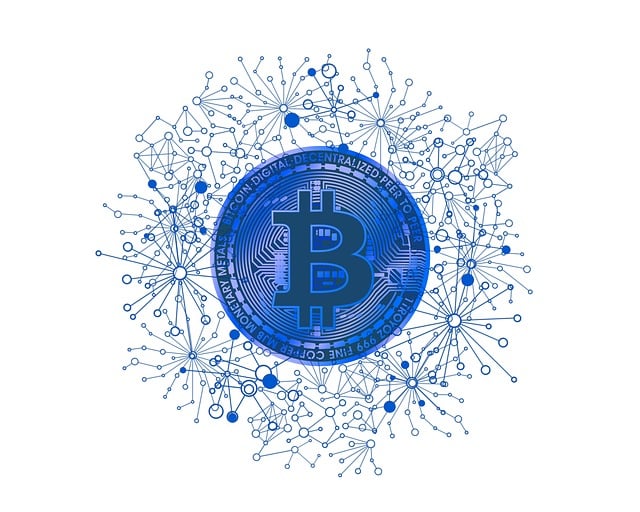The Rise of AI Bots in Trading: Revolutionizing Financial Markets
Author: Jameson Richman Expert
Published On: 2024-07-31
Prepared by Jameson Richman and our team of experts with over a decade of experience in cryptocurrency and digital asset analysis. Learn more about us.
In recent years, artificial intelligence (AI) has infiltrated various sectors, and trading is no exception. The allure of an automated trading system, promising faster execution and better decision-making, has led many investors to adopt AI bots. In this article, we will delve deep into the world of AI bots for trading, examining their potential, benefits, challenges, and what the future may hold for this innovative technology.

Understanding AI Bots: What Are They?
AI bots, or automated trading systems, leverage algorithms to execute trades on behalf of investors. These algorithms analyze vast amounts of data within milliseconds, identifying patterns that can lead to profitable trades. Unlike traditional stock market trading, where human intuition and experience play significant roles, AI systems can operate around the clock, analyzing market conditions without fatigue.
How Do AI Bots Work?
At their core, AI bots utilize machine learning, deep learning, and advanced statistical techniques to navigate financial markets. The following are critical components that determine how these bots operate:
- Data Analysis: AI trading bots analyze historical and real-time data, trends, price movements, and trading volumes to identify trading opportunities.
- Execution: Once a profitable opportunity is identified, AI bots execute the trades automatically, often at a speed unattainable by human traders.
Types of AI Bots in Trading
There are several types of AI bots designed for various trading strategies:
- High-Frequency Trading (HFT) Bots: These bots capitalize on minute market fluctuations, executing hundreds or thousands of trades per second.
- Algorithmic Trading Bots: These bots follow specific algorithms based on predefined strategies, such as arbitrage or trend-following.
- Sentiment Analysis Bots: Utilizing natural language processing, these bots analyze news articles, social media, and other text data sources to gauge market sentiment and make predictions accordingly.
Benefits of Using AI Bots for Trading
The integration of AI into trading strategies presents several advantages:
Increased Efficiency
AI bots can process massive amounts of information almost instantaneously. In a world where information overload is prevalent, these bots can sift through data to identify profitable trading opportunities. In my opinion, this efficiency is one of the most compelling reasons for traders to consider implementing AI technology. It allows them to focus on strategic decision-making and improving their overall trading strategy.
Emotionless Trading
One of the most significant pitfalls for human traders is emotional decision-making. Fear, greed, and overconfidence can all lead to poor trading choices. AI bots, on the other hand, adhere strictly to algorithms, ensuring that trading decisions are based on data-driven analysis rather than emotional reactions. As an investor myself, I encontrar this feature particularly appealing, as it mitigates the risk of emotional trading.
24/7 Market Monitoring
Financial markets operate around the clock. AI bots can continuously monitor market conditions, allowing traders to reap profits even when they are not actively watching the screens. This aspect also opens doors to engaging in markets across different time zones without the need for constant human supervision.
Cost-Effectiveness
Although developing or purchasing AI trading bots can involve upfront costs, they can ultimately lead to reduced operational costs in the long run. Notably, with lower need for constant human oversight, traders can save on labor costs and timeframe for trade execution.
Challenges and Risks Associated with AI Trading Bots
Despite their benefits, AI bots are not without challenges and risks:
Market Volatility
AI bots rely on historical data and algorithms that may not account for extreme market situations. Sudden market shifts can lead to unexpected losses, which pose risks, particularly in volatile conditions. Hence, as much as I appreciate their efficiency, it’s crucial to maintain vigilance and plan for unforeseen market reactions.
Overfitting and Algorithm Bias
Overfitting occurs when bots are too finely tuned to historical data, affecting their ability to adapt to future market conditions. Additionally, biases in the data or algorithm can result in flawed trading strategies. Regular audits and updates to AI systems are essential to minimize these risks.
Technical Issues and Dependence
Technological glitches or system failures can lead to significant financial losses. Additionally, over-dependence on AI bots can make traders complacent, inhibiting them from developing their analytical skills. In my view, it's essential to strike a balance—utilizing AI bots as tools while still honing one’s trading acumen.

Future of AI Bots in Trading
The future of AI bots in trading is promising yet uncertain. As technology advances, we may witness further innovations in predictive algorithms, machine learning models, and data analysis capabilities. However, regulation will be crucial. The financial market’s integrity depends on establishing rules that govern the utilization of AI in trading.
Ethical Considerations
As AI continues to evolve, ethical questions surrounding its use will undoubtedly come to the forefront. Issues such as market manipulation, data privacy, and the potential for developing monopolistic practices require careful consideration. Furthermore, as someone passionate about financial inclusion, I believe AI should be accessible to all traders—not just institutional investors.
Conclusion
AI bots for trading represent a significant advancement in the financial space, promising efficiency, rapid execution, and emotionless decision-making. However, relying solely on AI can foster complacency and carries inherent risks. As the technology evolves, it will be essential to remain cautious, embracing AI as an enhancement rather than a substitute for human judgment. I firmly believe that a balanced approach, combining the innovative capabilities of AI with the irreplaceable human touch in trading strategies, will yield the best results in navigating financial markets. As the world of trading continues to evolve, those who adapt and harness AI’s potential judiciously will likely thrive in the competitive landscape of finance.